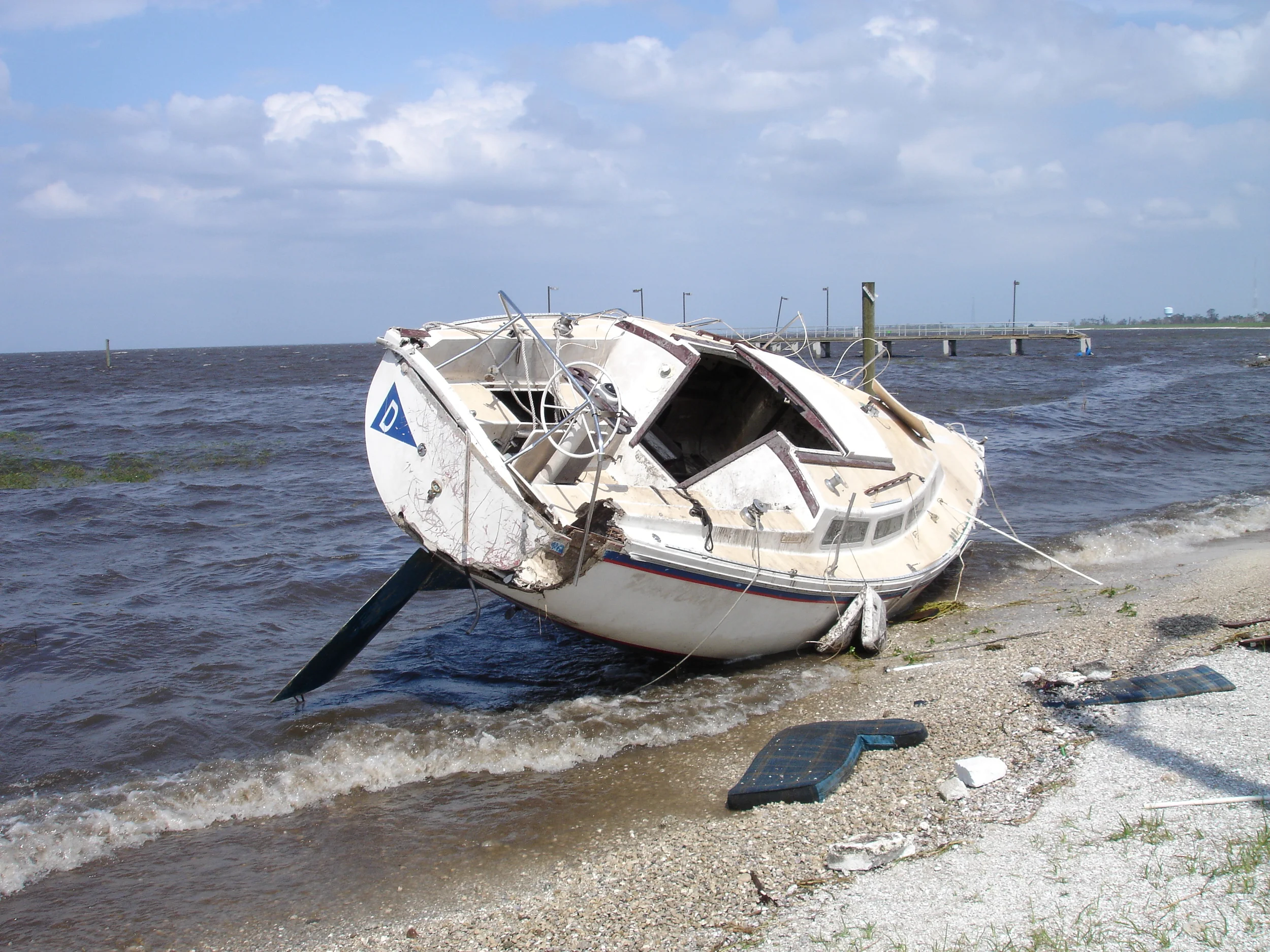After any destructive weather event, whether it be a hurricane, a windstorm, flooding, or ice damage, one of the first tasks for the facility owner or operator will be making the temporary repairs necessary to: (1) ensure the safety of people and property; (2) mitigate further damage; and (3) minimize business interruption and other losses.
Ideally, a facility owner or operator will already have a formal plan in place for dealing with a destructive weather event. Marina facilities, for example, should have in place pre-event checklists detailing exactly what should be done to attempt to safeguard the three basic components of the marina – the pilings, floats, and utilities - in advance of any major weather event. Similarly, marinas should also have in place post-event checklists detailing exactly what should be done immediately following such an event, including any required temporary repairs to those three basic marina components.
Many of the required temporary repairs may be relatively straightforward, such as the repair or replacement of damaged signage and barricades, the demolition and removal of damaged marina components, the securing of loose floats and finger docks, the bracing of any compromised marina components, and the replacement of any damaged decking.
Repairing the marina’s electrical systems, however, may be more involved than simply repairing the electrical system that was in place before the event. Local building officials may require that the electrical system be upgraded to the current code or other standards, and such upgrades frequently involve a significant amount of time, effort, and expense. The primary concern regarding a marina’s electrical system is, of course, human health and safety. Ideally prior to the event or immediately thereafter if it is not possible to do so prior to the event, a marina’s electrical system should be completely de-energized. Prior to re-energizing the electrical system, it should be thoroughly inspected and evaluated by a licensed electrical contractor to make sure it is safe to turn the power back on.
The following photographs illustrate a number of unsafe conditions that can result when an electrical system is damaged but not de-energized following an event.
One potential issue marina facility owners or operators may have to deal with when they de-energize the marina’s electrical system following a destructive weather event is complaints by marina tenants who are left without power. Obviously, however, the health and safety of those tenants must be the marina owner or operator’s first priority, and the marina may also be subject to legal liability if a tenant is injured as a result of the electrical system remaining energized following a major weather event or being re-energized without first being inspected and evaluated by a licensed electrical contractor. One way to address the tenants’ concerns without endangering them is to put a temporary electrical system in place as shown in the following photographs.
A marina owner or operator considering installing a temporary electrical system following an event should keep a few key considerations in mind, including: (1) isolating the temporary electrical system from the existing shore electrical service; (2) limiting the amount of amperage per vessel; (3) providing only the minimal amount of power required for the operation of bilge pumps, battery chargers, heaters, etc.; (4) reviewing the layout, operation, and amperage with the marina’s tenants or vessel owners; and (5) clearly differentiating between the components of the energized temporary electrical system and the components of the de-energized and/or condemned electrical system.
Implemented properly, a temporary electrical system offers a number of benefits, including protecting human health and safety, allowing vessel security and basic maintenance to remain in place, and facilitating repairs to and/or reconstruction of the facility. Although electrical service may be limited, a temporary electrical system allows vessels to remain in place at the marina, thereby mitigating business interruption losses and helping to prevent the potential permanent loss of the marina’s tenants.

















